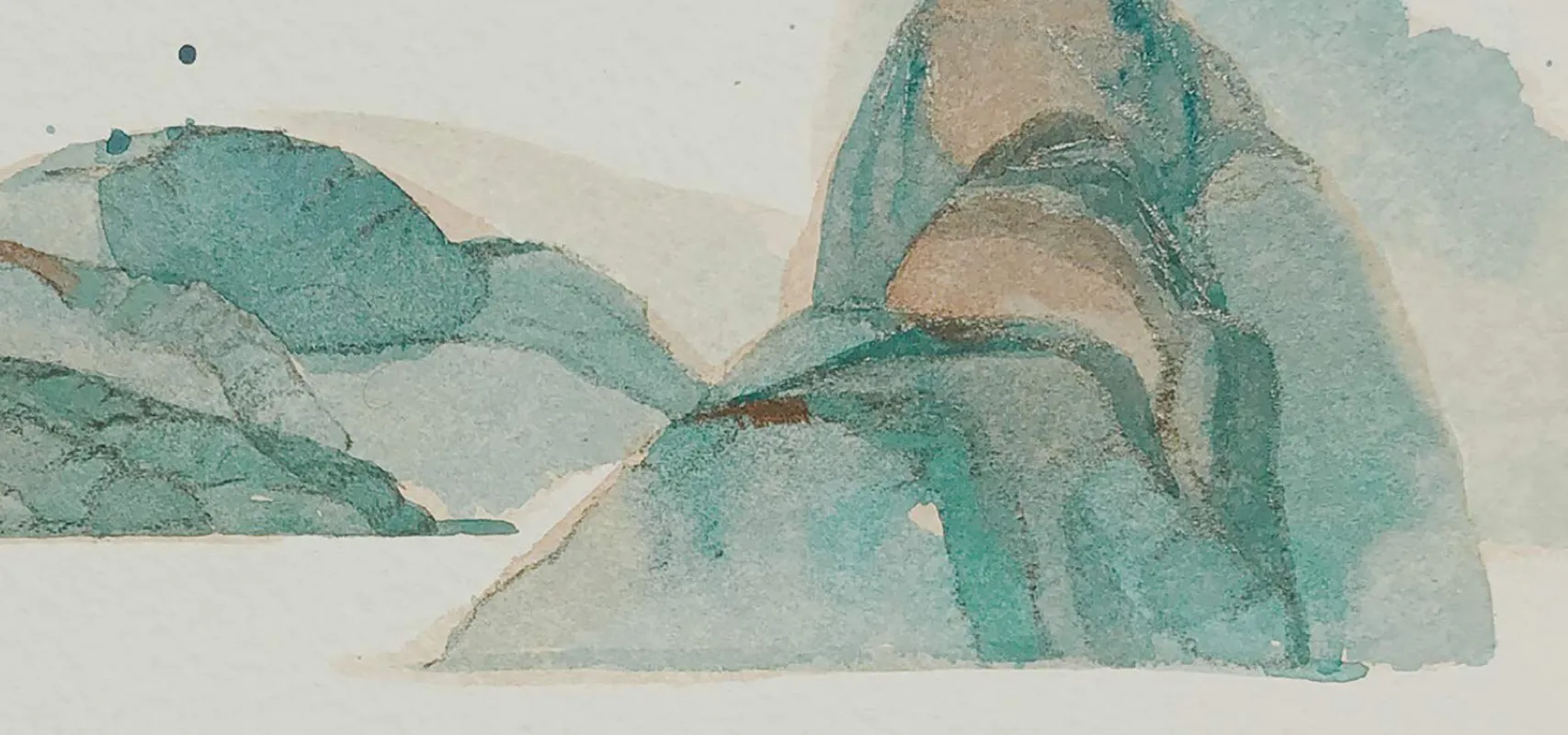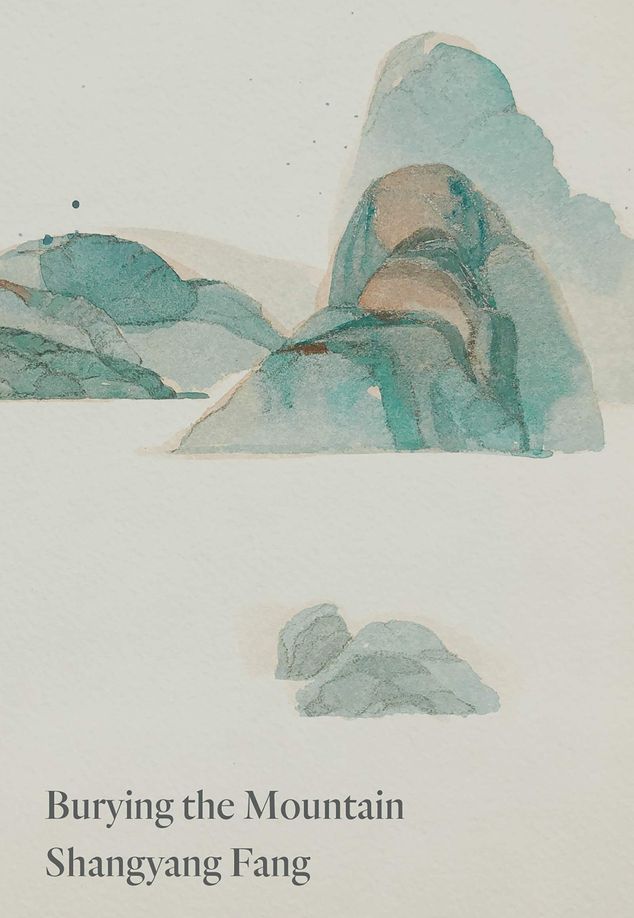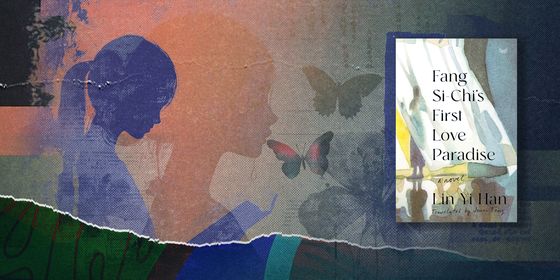Shangyang Fang’s acclaimed debut poetry collection meditates on desire and despair with quotes from Tang poets and techniques from Western classical music
In October this year, at the age of just 26, Shangyang Fang became one of the youngest poets to be published by the prestigious Copper Canyon Press, one of the leading publishers of new poetry in the US, when the press released his debut collection of poems, Burying the Mountain.
Having grown up in Chengdu, Fang moved to the US when he was 17, and is now a Wallace Stegner Fellow at Stanford—a prestigious creative writing program that boasts former US Poet Laureate Tracy K. Smith as an alumnus. In Burying the Mountain, over four chapters and just under fifty poems, Fang meditates on desire and despair, accompanied by somber images of nature and references to Western and ancient Chinese literature.
Loneliness and despondency subtly permeate scenes of lust in Fang’s collection, reminding us of the difficulty of becoming truly intimate with another person, no matter how hard we try. We get an immediate sense of this in “Argument of Situations,” the first poem of the collection, when Fang writes:
If my hands departed from his skin,
the heavens would collapse. The limit remained
even though we had used the same soap, same shampoo;
we smelled like the singularity of one cherry’s bloom.
The poem depicts a lovers’ quarrel over how to interpret an ink wash landscape painting, unfolding in between their love-making. But despite scenes of intimacy, the couple’s synergy is essentially fleeting and illusory. Limits remain “even though we had used the same soap, same shampoo”: impenetrable boundaries and loneliness persist even in conjugality.
The collection is organized around the first four lines from Tang dynasty (618 – 907) poet Du Fu’s lesser-known poem, “Winter’s Depth.” Fang translates it into an English crib, each line opening one of the book’s four chapters and corresponding to the chapter’s theme. In his poetry, Fang adopts the jade, red berries, peach blossoms, osmanthus, and calligraphy strokes familiar to readers of traditional Chinese poetry. But cast in the English language, these traditional images acquire new and delightful meanings.
In “Displaced Distance as a Red Berry”: “Evening-old chrysanthemums”—flowers associated with tranquility and longevity in Chinese literature—are “tossing their lion-shaped faces,” lions’ manes symbolic of wildness and strength. Fang also borrows from other ancient masters like Tang poet Li Bai, using their work as a vehicle for his own message.
But the necessity, or perhaps urgency, of such borrowing is most evident in the enigmatic “Preludes, a Blue Plume,” when in the midst of mourning the speaker translates a poem by Eastern Jin dynasty (317 – 420) poet Tao Yuanming:
The relatives, friends still weeping
The strangers, already singing
Where shall I leave this body
Parts of a mountain, parts of snow
Is a poem I translated, by Tao Yuanming
so beautiful I’d like to use it here for you.
Fang offers up this elegiac poem unapologetically and without fanfare, flowing without pause from Tao’s elevated language to the simple words of contemporary speech. The speaker leaves white space around Tao’s lines, not explaining why these lines are beautiful or quoted.
Fang’s work is also a mesh of references to prominent poets from across the 20th century literary world, including Greek journalist Constantine P. Cavafy, Romanian-born Jewish refugee Paul Celan, and Russian intellectual Anna Akhmatova. His interest in etymology and his occasional references to Latin and Greek are reminiscent of English modernist T.S. Eliot, while his at-times abundant quotations are like American modernist poet Marianne Moore. Indeed, some of his lines are so lushly-laden that, to borrow from Fang’s own lines, they are “stranded like / August branches, drooping with osmanthus blossoms.”
The collection is invested in poetry’s musicality, using forms that could appear in a Western classical music album, like fugues, preludes, and arias. But it also has a unique Chinese musicality of its own, aware of the melody to be found in objects or the natural world, such as when Fang writes: “We cannot stop the vanished / beings from turning into a string of muted wind-bells” and “Half blind, / the wind strings the creeks into one clink / of a jade ring.” While his poetic bandwidth is evident from this collection, Fang’s most magical lines are short and simple, animating heartless objects and painting scenes of loneliness, like this from “Time the Stone Makes an Effort to Flower”:
In the Southern dynasty,
the stars shine bronze swords
upon an eddying evening,
knifing the orchid patterns
over the waist of mountains,
where monks, under oil lamps,
recite the Heart Sutra.
Others swap melody for terseness, like the three-lined poem “Op. 64 in C#,” or “Requiem,” eight couplets in which the longest line consists of four words.
It is just one set of contrasts among many: Burying the Mountain is intimate yet distant—in the same way that the lovers in “Argument of Situations” could be intimate enough to live together, but still find limits between them, so too the reader can be exposed to private emotions, but always feel left out by not knowing who the “I” of these poems is.
Fang demands the reader to imagine themselves as the “I” of the poems, to experience his music, musings, and minute intimacies, to marvel at the beauty of his deft combination of Chinese and Western literary canons, and to emerge from them slightly altered. Reading Fang’s collection feels like plunging into ceaseless water—cold, somber, and despairing, like the moon on a winter night, or a mountain buried beneath a weight of loneliness.













